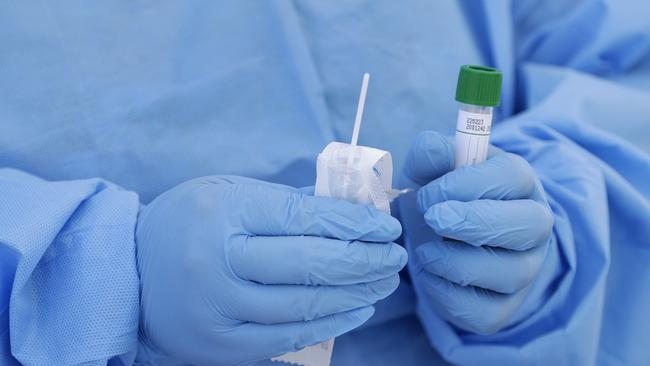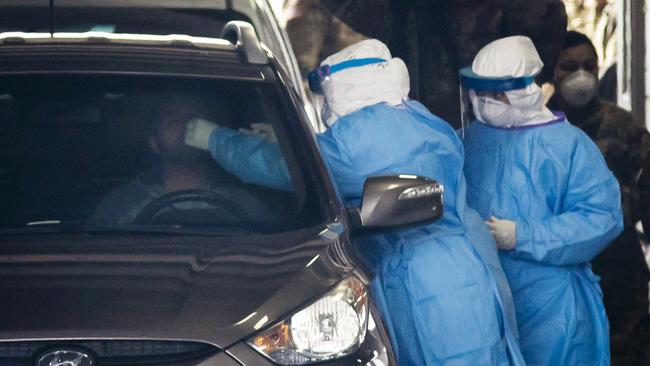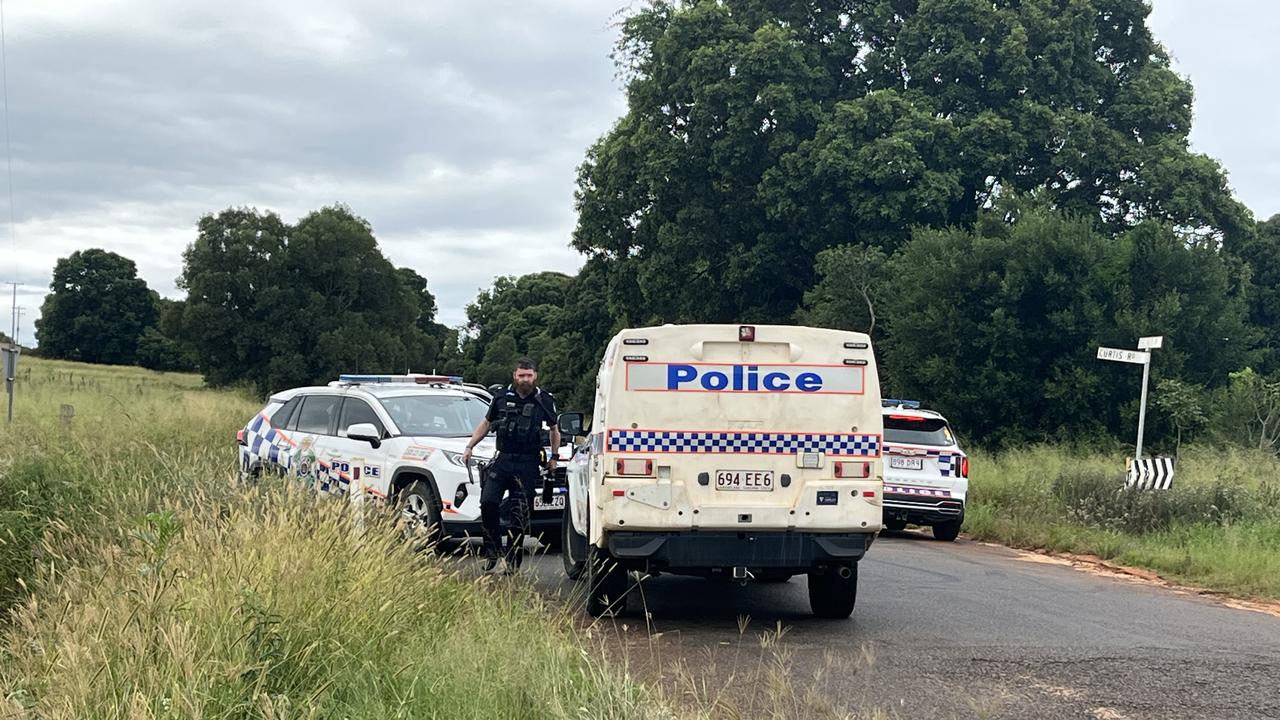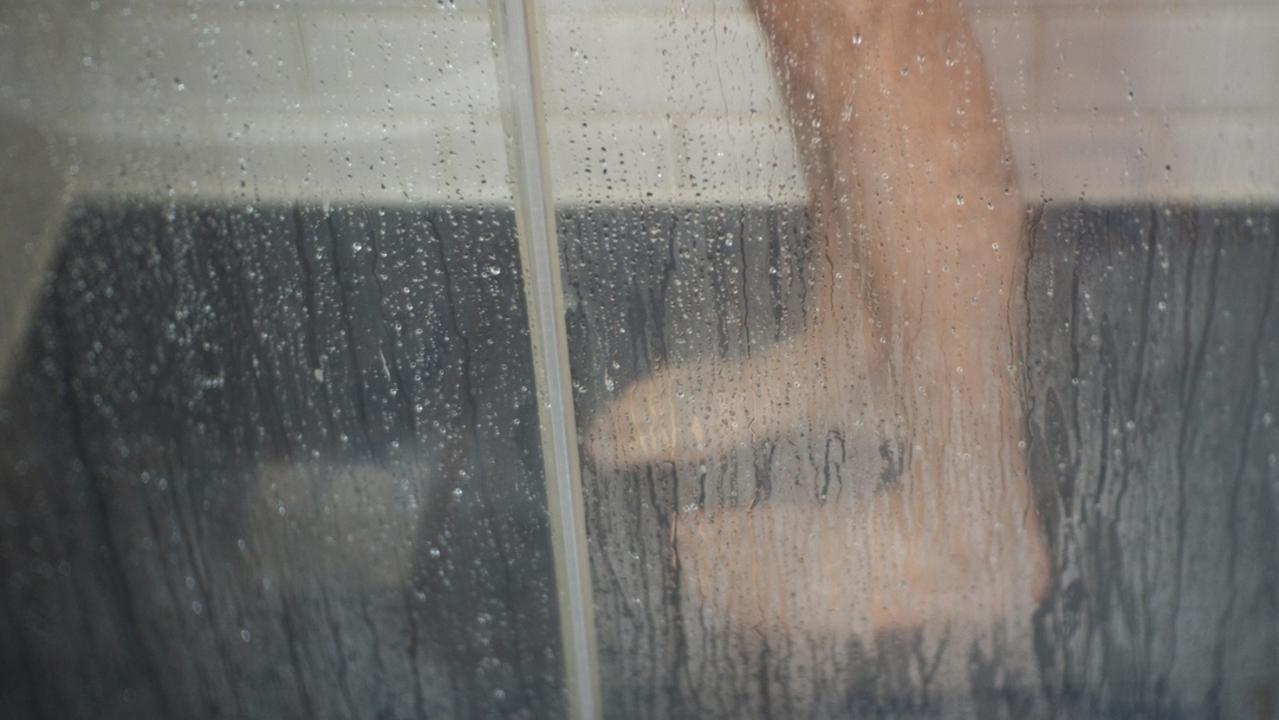EXPLAINED: What does a coronavirus test involve?
Here's the who, where, when, how and why to coronavirus testing.

South Burnett
Don't miss out on the headlines from South Burnett. Followed categories will be added to My News.
IT'S all the world is talking about right now, but what does an actual test for coronavirus involve?
Current modelling suggests up to 25 per cent of the Queensland population will contract COVID-19 in the next six months.
It is estimated that 80 per cent of these people will develop mild symptoms.
However, 20 per cent will develop more severe symptoms, and up to 1 per cent will die.
As we face a worldwide shortage of pathology consumables, experts are warning the public to follow the most recent Queensland Health COVID-19 testing advice.
COVID-19 testing should only occur if a person:
- Has fever OR acute respiratory symptoms; AND travelled overseas within the previous 14 days, OR had recent close contact (previous 14 days) with a confirmed case of COVID-19.
- Has severe community-acquired pneumonia requiring admission with no other identifiable cause.
- Is a healthcare worker with direct patient contact, has a fever higher than 37.5 degrees Celsius AND an acute respiratory infection (e.g. shortness of breath, cough and/or sore throat).
Queensland Health is also advising the following:
- Healthcare workers with minor upper respiratory symptoms who do not meet the criteria for testing, should remain at home until their symptoms resolve, at which point they can return to work.
- A full respiratory virus panel test should only be requested in assessment of vulnerable immunocompromised patients.
- If a patient is in self-quarantine and remains well, there is no benefit in testing.
- A negative test result will not shorten the quarantine period as the test will remain negative until the person develops infection. This may take up to 14 days.
- If the treating clinician has a strong index of suspicion of COVID-19, and if a positive case would have significant public health implications, then testing outside the case definition may be considered.
- Patients who present with minor upper respiratory illness who do not meet the above criteria, should NOT be tested for COVID-19.
But what is the actual test like?
We spoke to a Queensland Health spokesman to discuss what happens if you start to develop symptoms.
"Currently all Darling Downs Health and Hospitals services are able to divert symptomatic patients to separate, designated areas for testing," the spokesman said.
"At some hospitals, such as Nanango and Kingaroy, people who meet the testing criteria are encouraged to call ahead and advise of their symptoms and recent travel so clinical staff can prepare for their visit.
"From there a trained medical professional will carry out a swab test."
Testing for coronavirus is similar to how medical professionals test for the common flu - doctors first need to collect a specimen that will be screened in a lab for the virus.
The specimen is collected by carrying out a nose and throat swab that may tickle and even make you feel the urge to gag, but it only takes a couple of seconds.
If appropriate, some people may be asked to stay in their car when they are tested but this occurs on an as-needed basis.
Doctor's surgeries and general pactitioners are also offering testing from within vehicles, but it's important to ring ahead to ensure staff know when you're arriving and can instruct you on where to park and what procedures to follow.

The spokesman said Queenslanders were eligible for testing if they had been overseas in the last 14 days or had been in close contact with a confirmed novel coronavirus (COVID-19) case, and had a fever or any respiratory symptoms.
"It is important to remember that testing is also only possible if you are experiencing the relevant symptoms," he said.
Symptoms include: fever, coughing, sore throat, fatigue and shortness of breath.
If you are sick and think you might have COVID-19, check your symptoms using healthdirect's coronavirus online symptom checker here.
"If possible COVID-19 symptoms are confirmed, nasal or throat swabs and sputum (sample of the gooey substance that often comes up from your chest when you have an infection in your lungs or airways) and blood samples will be taken," the Queensland Health spokesman said.
"These samples are then transferred to the nearest laboratory that is set up to test for novel coronavirus.
"After you have had samples taken, you will usually be sent home to self-quarantine while you wait for the results.
"If the result is positive, you will receive a call from a public health unit which will advise you what to do next.
"If the result is negative, you will also be notified."
While you're in the quarantine period, it's important to stay productive by trying to do things that help boost mental health and morale.
Check out the following article to get some ideas about how you can make the most of your isolation period:



